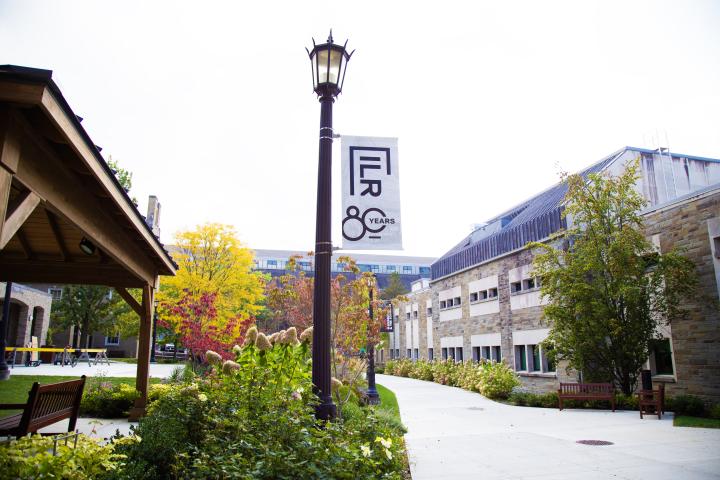Tagging History
Assessing garment values for a scholarly project or after raiding a relative’s closet might be easier now, thanks to what the Kheel Center considers one of the most comprehensive collections of original union clothing labels in existence.
Categorized by date range, by type -- paper or cloth -- and by which local union utilized a label, the new label timeline makes it is possible to pinpoint when a piece of clothing was produced by members of the International Ladies' Garment Workers' Union (ILGWU).
Expected to be helpful to scholars of labor research, women's studies and fashion history, the timeline was created by Jai Khalsa, a Kheel intern and Kathryn Dowgiewicz.
Dowgiewicz is the archivist for the ILGWU collection housed at the Kheel Center for Labor-Management Documentation & Archives.
According to Dowgiewicz, "The timeline provides background on the predecessors of the ILGWU label, historical information on the inception of the union label and its use through the twentieth century."
The project has provided a method to help date clothing to within a decade of its production -- useful for collectors and proprietors who are pricing vintage items, she said.
The postage stamp-sized labels were sewn into the seams of garments produced by American unions during much of the 20th century.
On June 3, 1900, when the ILGWU met for the first time, it adopted an official label.
Widespread use of it was slow to take hold until the 1930s, when the coat-suit industry was the first of the apparel trades to use a label. Other garment industry sectors followed.
Beginning in 1987, ILGWU records were transferred from the union's New York City archives to the Kheel Center, which now houses more than 2,500 linear feet of ILGWU documents.


